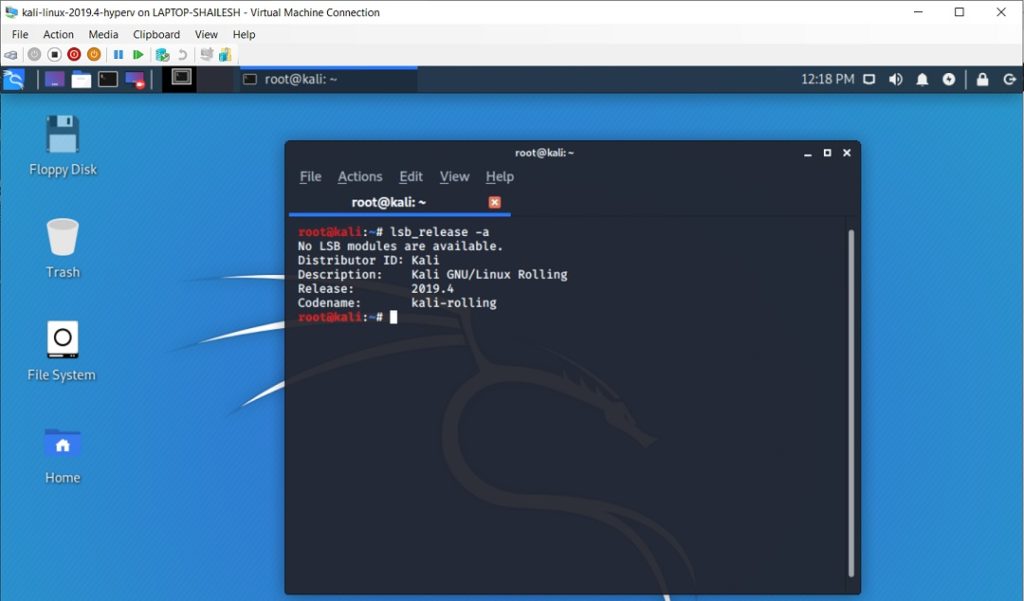

A running operating system can only be Windows or Hiper-V Server, Windows Server.Īutomatic adjustment or manual instruction is given then after that Hyper V displays a partition for a virtual machine.Īfter it is turned on, Bios goes over all controls to the operating system.Īfter selecting the Virtual Machine, a pop-up flank appears in which the Virtual OS / Machine is running.VMware is not the only product of so many ecosystem-related tools and applications. Hyper-V launches a system that works in Outlook.

The physical machine/computer is turned on.Īfter the Bios is turned on, all the controls on Hyper V.

I'll explain both these hypervisors in a simple way.The difference between Hypervisor 1 and Hypervisor 2 Review time:The most obvious difference between the three products is that Client Hyper V is type 1, VirtualBox is a hypervisor, and VMware is a hypervisor type 2. Free network monitoring tools:If we compare VMware to VirtualBox and Hyper v, we are looking for a tool that will do so and provide virtual machines (VMs) for upcoming devices on the desktop of the K86-based platform. It is not surprising that roughly speaking 80 percent of the workload of k86 servers is now virtualized, and the average machine on the server runs 16 simultaneous VMs. Run old programs that require an older OS on a machine that follows a newer operating system. Transfer virtual machines together in the middle of the device and the server.

Hyper V vs VMware vs VirtualBox: Which is the best for Virtualization?Develop and test your own software reactions in systems without using suspended devices. Install and process encrypted corporate computers for remote employees or employees using their own devices. Evaluate additional applications and systems in a safe, split setting. Exercise to launch collective simultaneous energetic systems as VMs from one device. In a futuristic IT mood, desktop virtualization can be extremely useful.


 0 kommentar(er)
0 kommentar(er)
